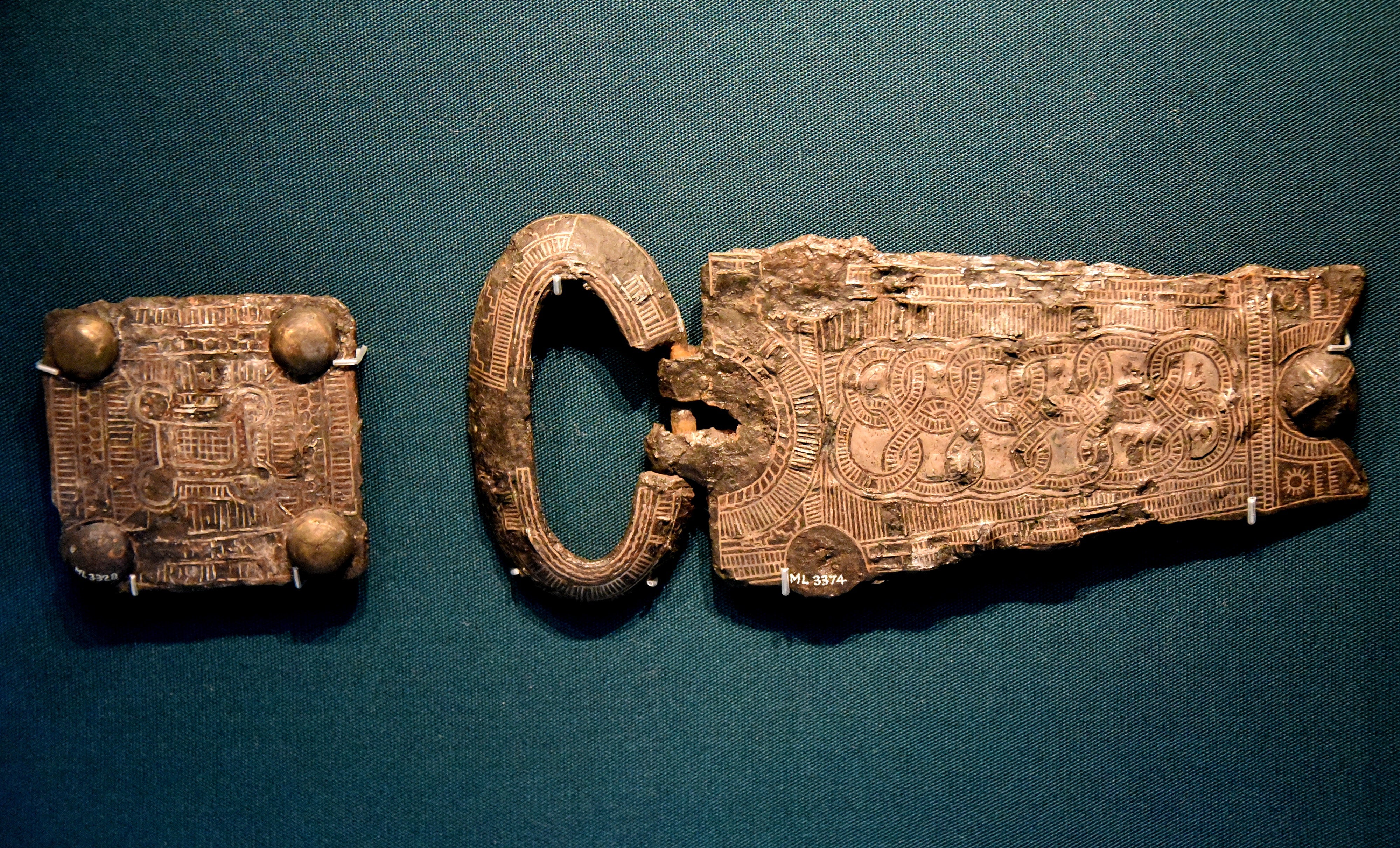
The Fascinating History of the Belt: A Timeless Accessory
Belt fashion has been around for thousands of years, and it has evolved alongside both clothing and culture. What began as a practical tool to hold up clothing has become a symbol of style, status, and personal expression. In this post, we explore the history of the belt, from ancient civilizations to modern-day fashion staples.
Early Beginnings: Ancient Civilizations and Functional Wear
The origins of the belt can be traced back to ancient civilizations. Archaeological evidence suggests that belts were used by the Egyptians, Greeks, and Romans for practical purposes. Early belts were simple pieces of leather or cloth tied around the waist, often used to secure garments or carry small tools. For example, ancient Egyptian belts were worn by both men and women, often made from leather and adorned with decorative elements.
The Middle Ages: Belts as Symbol of Status
During the Middle Ages, belts began to take on a more symbolic role. They were not only practical but also a way to display wealth and status. Nobles and royalty adorned their belts with elaborate buckles, jewels, and clasps. The belt became a mark of social standing, with distinct styles used for different classes and occasions.
The Renaissance: Belts in Fashion
The Renaissance period saw the belt transition from a purely functional item to a fashionable accessory. Nobles and wealthy individuals began to wear belts that were more decorative and ornamental. Belts became an integral part of the lavish, layered outfits that defined the period. The belt's role was no longer just to hold up clothing but to enhance the wearer's appearance.
Industrial Revolution and Mass Production
With the Industrial Revolution came the mass production of clothing, and belts were no exception. By the 19th century, belts had become a standard part of both men’s and women’s wardrobes. Leather belts, often equipped with metal buckles, became a common accessory for holding trousers in place. During this time, belts also started to be used for more practical purposes, such as carrying tools for laborers or soldiers.
Modern-Day Belts: Fashion and Function
Today, belts are a staple of both fashion and function. While they still serve the practical purpose of holding up pants or dresses, they have become a symbol of style. From casual leather belts to sleek and modern designs like Klik Belts' innovative fastening system, belts now come in a variety of materials, styles, and designs. Whether it's for a tailored suit, a casual outfit, or a functional necessity, the belt has remained a key part of our wardrobe.
The Evolution of Klik Belts
Klik Belts represents the latest evolution in this ancient accessory. Combining modern technology with timeless design, Klik Belts offer superior adjustability and durability, providing ultimate comfort and a perfect fit. With a wide range of styles to match any wardrobe, Klik Belts are the perfect example of how a historical item can evolve to meet the needs and tastes of the modern world.
Conclusion: A Timeless Accessory
The belt is a timeless accessory that has adapted to changing fashions, technologies, and cultural norms throughout history. From its humble beginnings in ancient civilizations to its place as a modern-day fashion must-have, the belt continues to hold its ground as a versatile, functional, and stylish accessory. And with innovations like Klik Belts, the future of the belt looks even more exciting.

